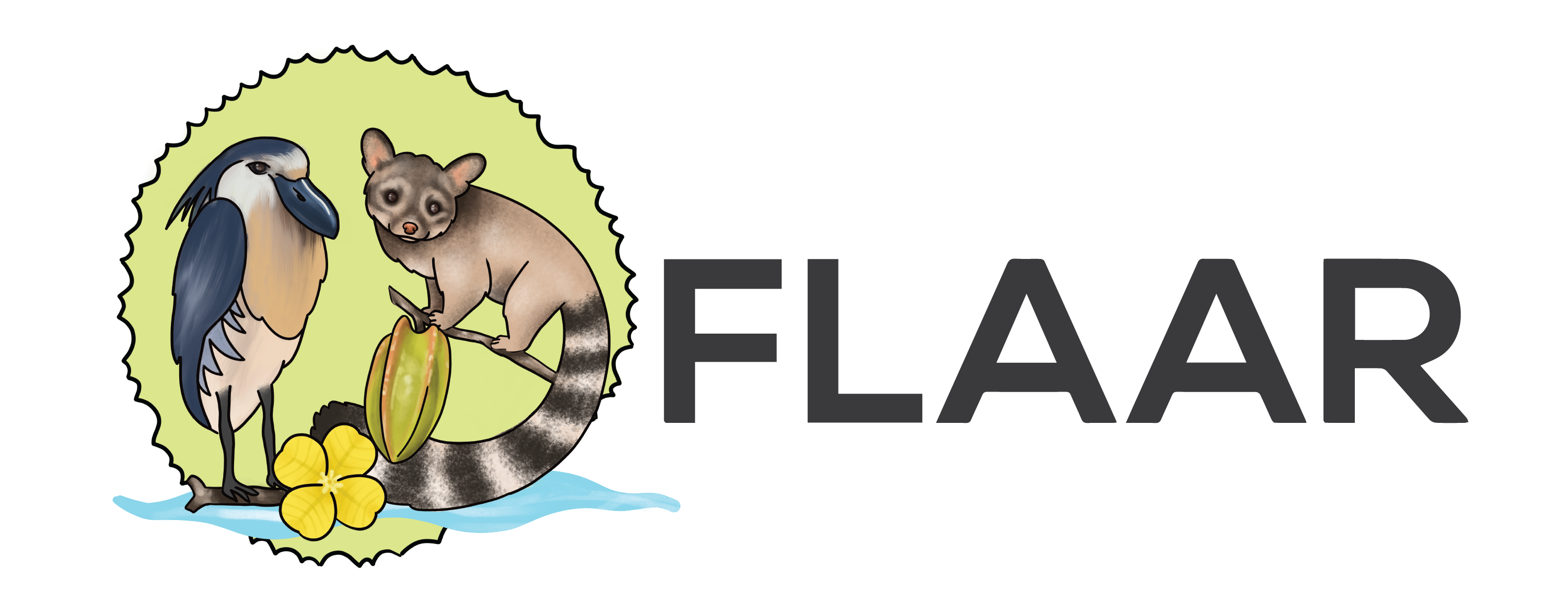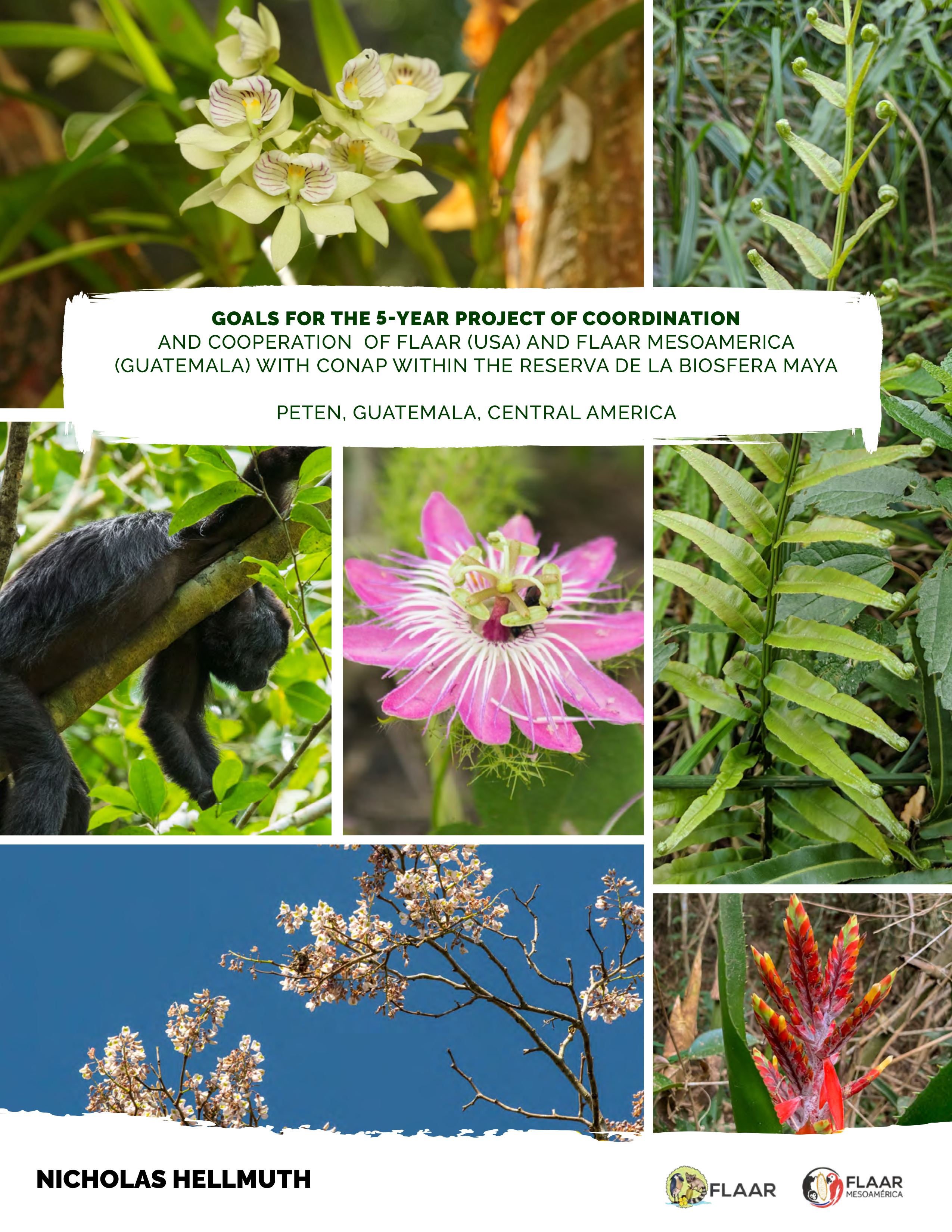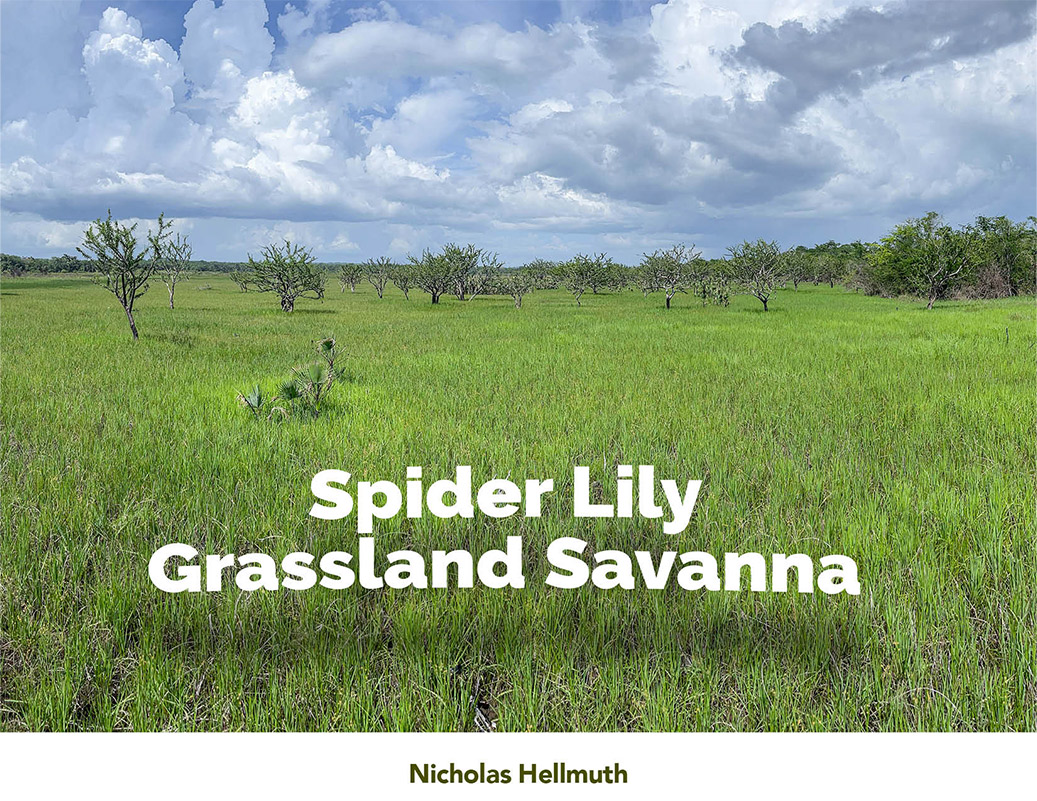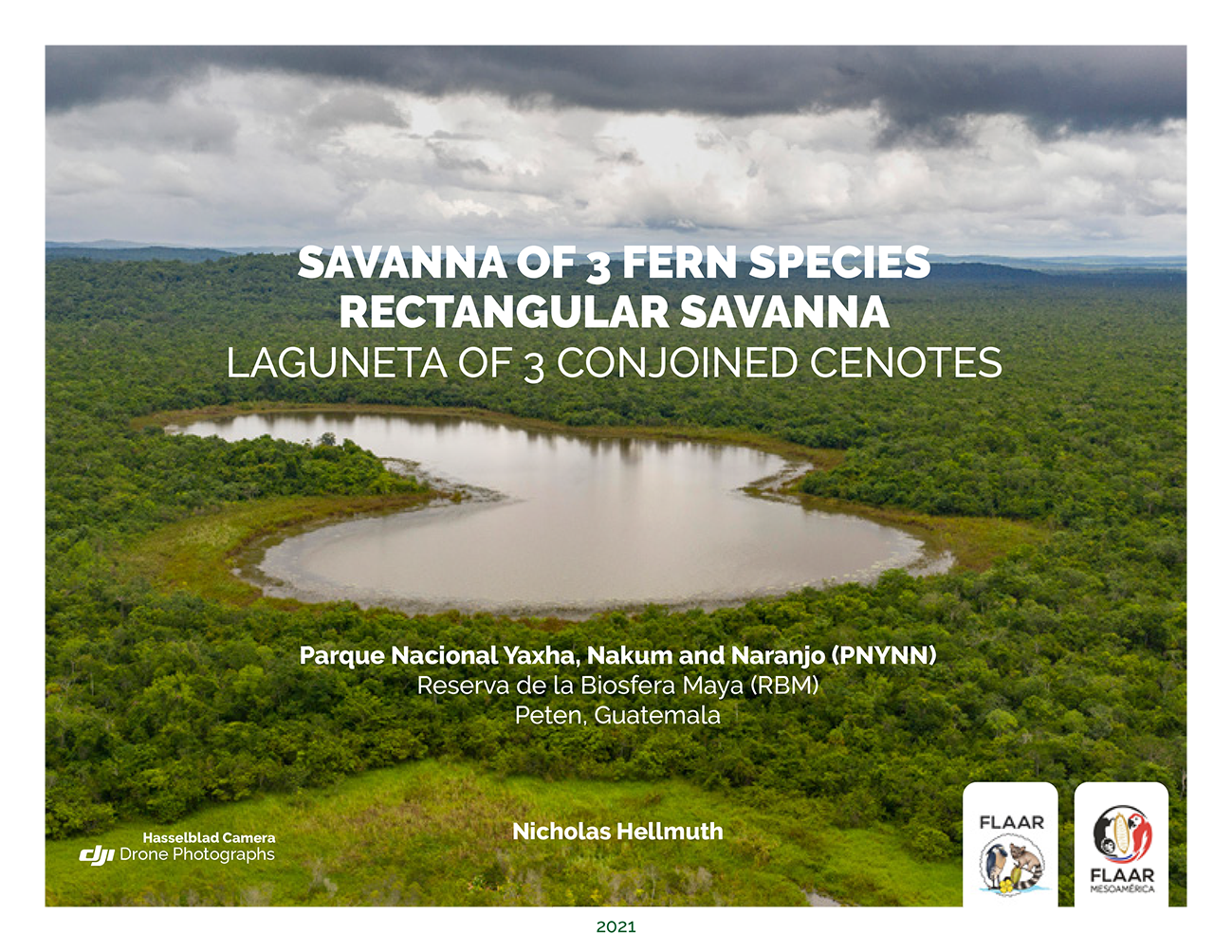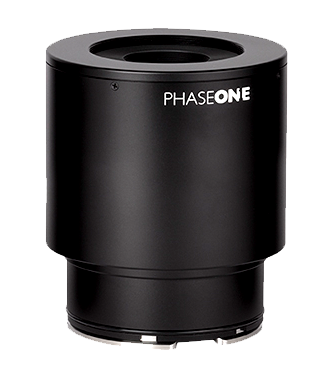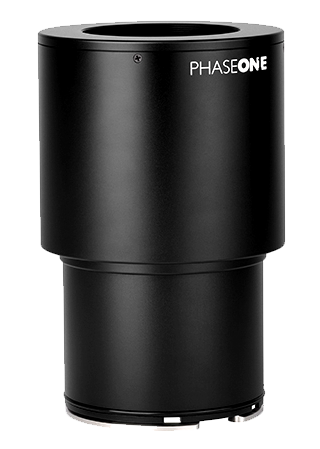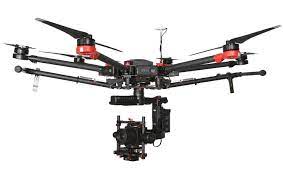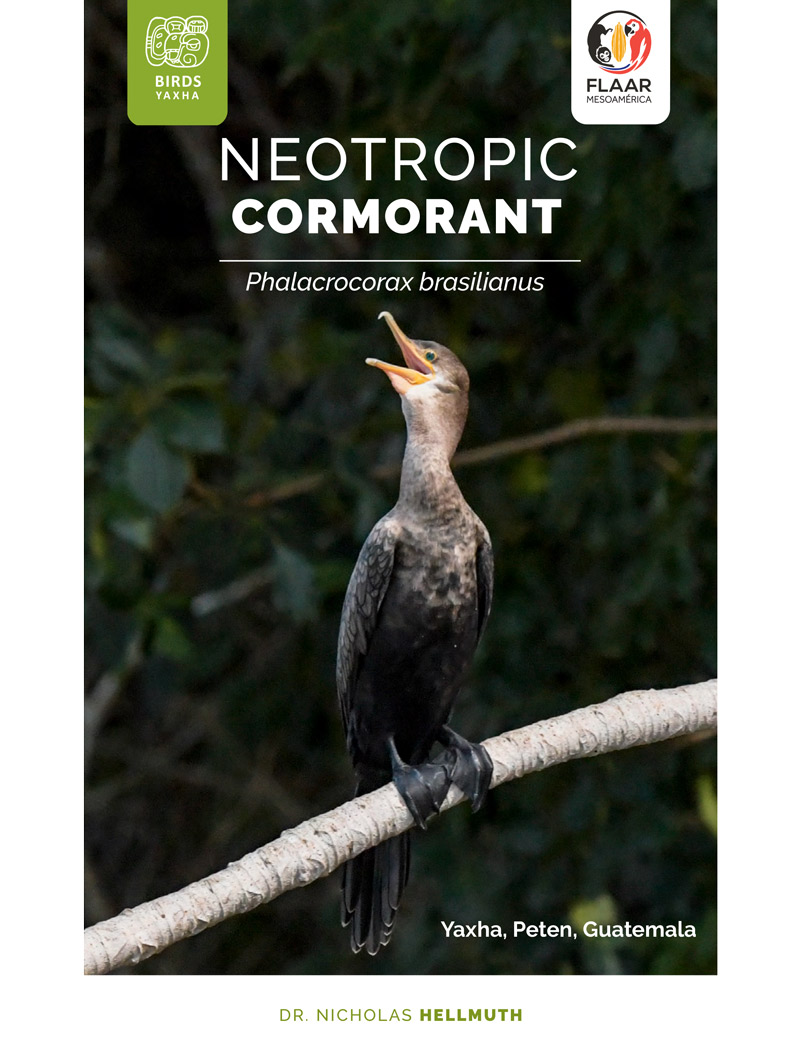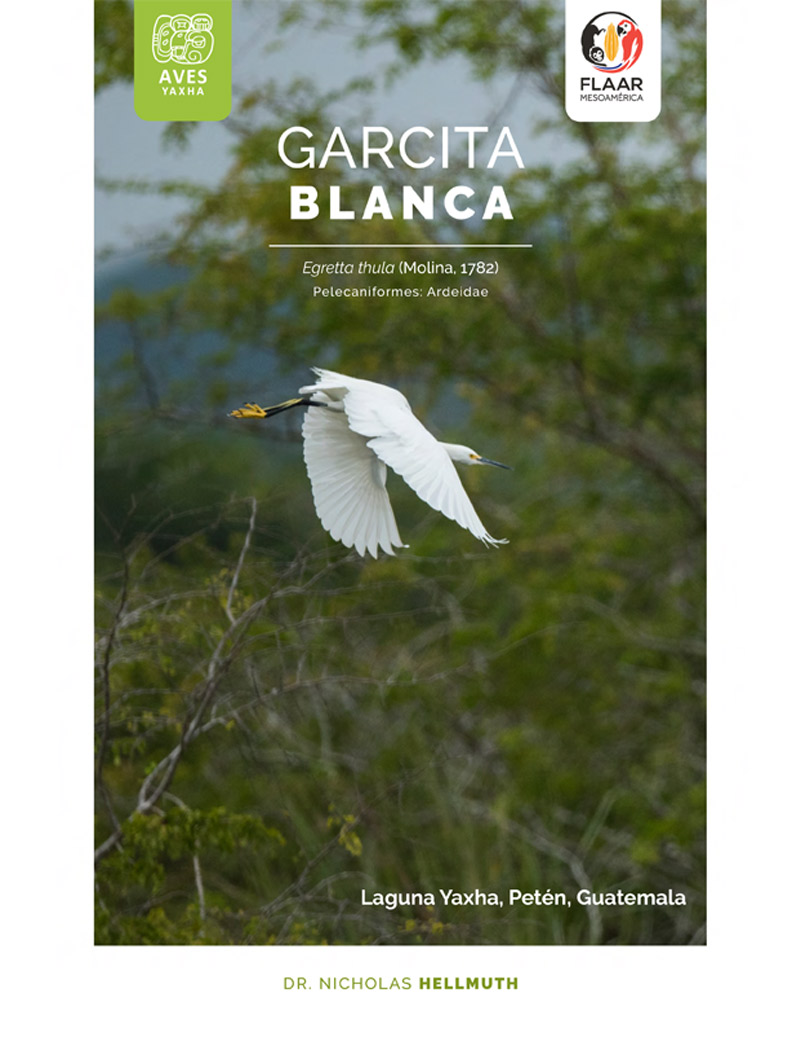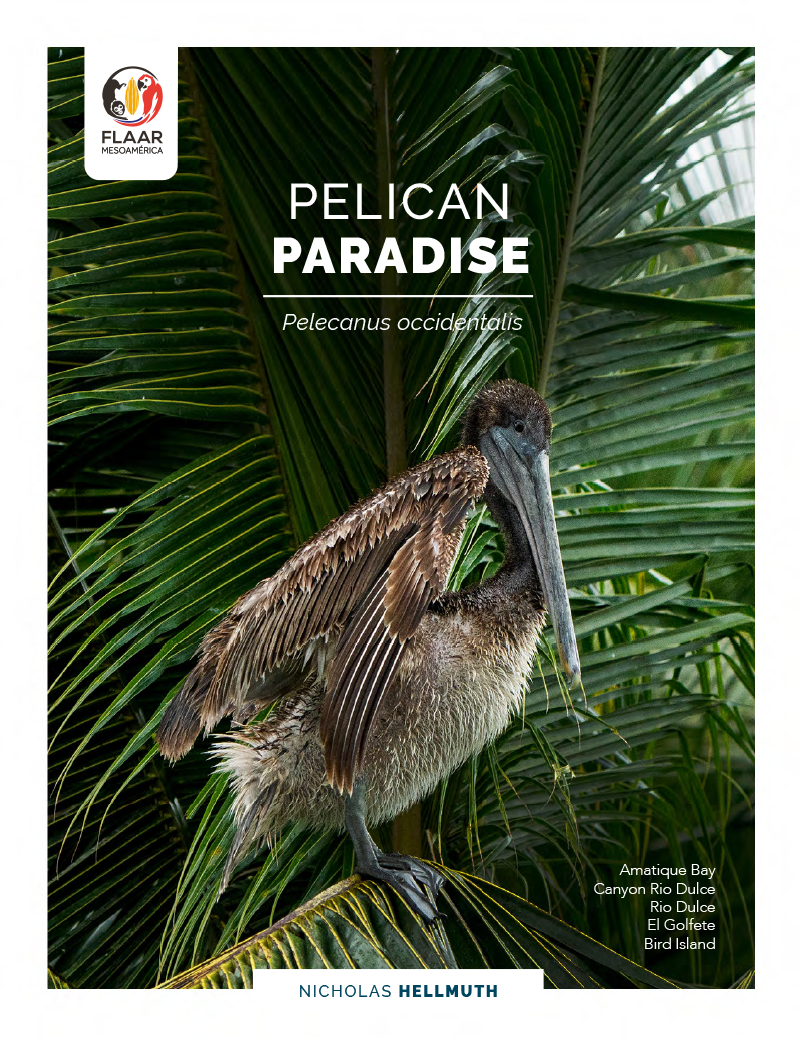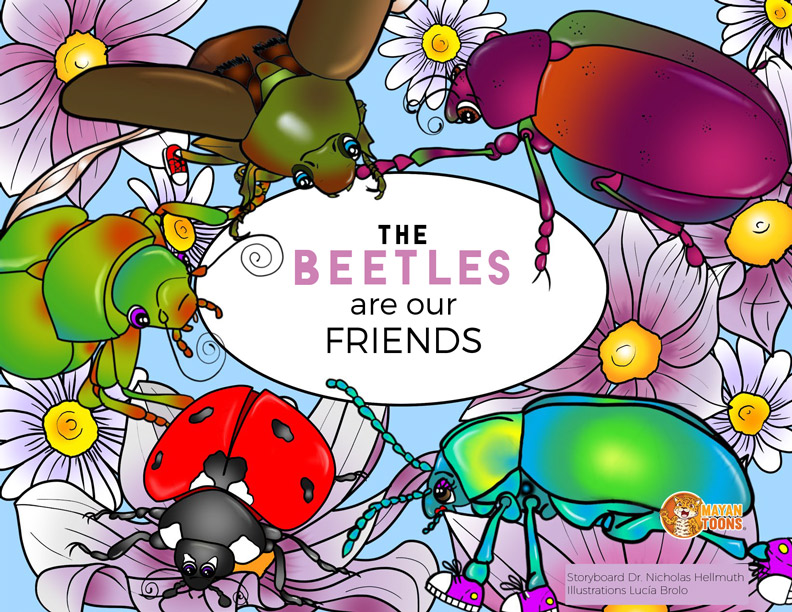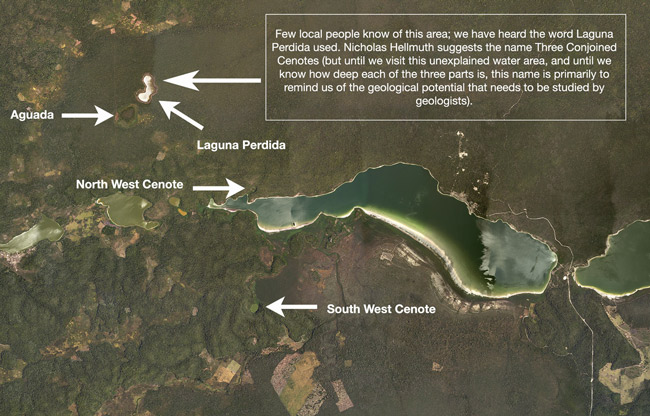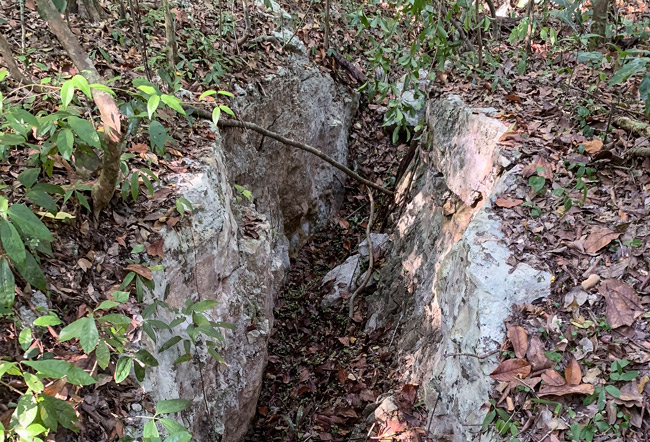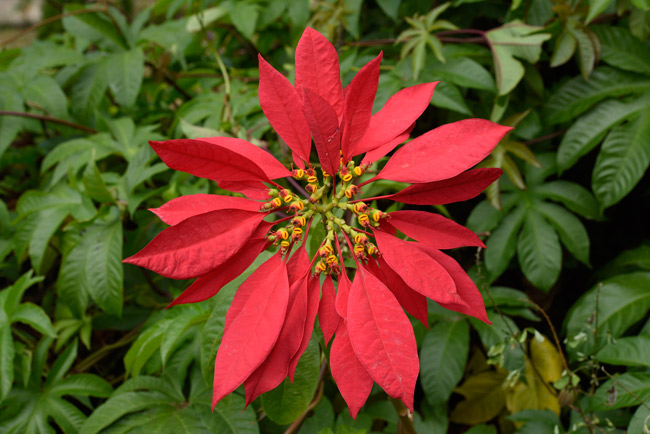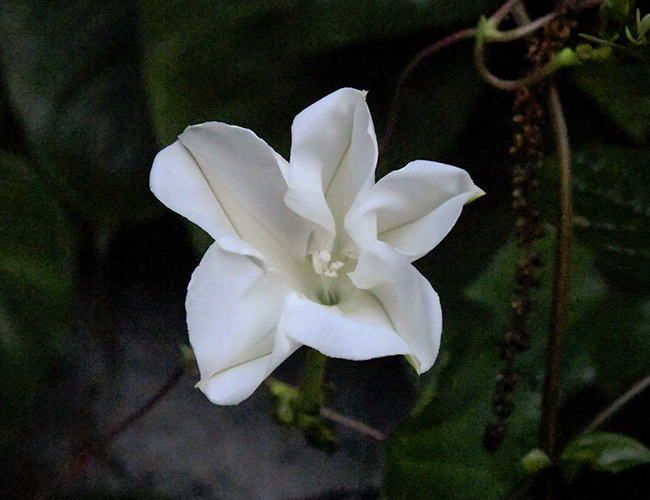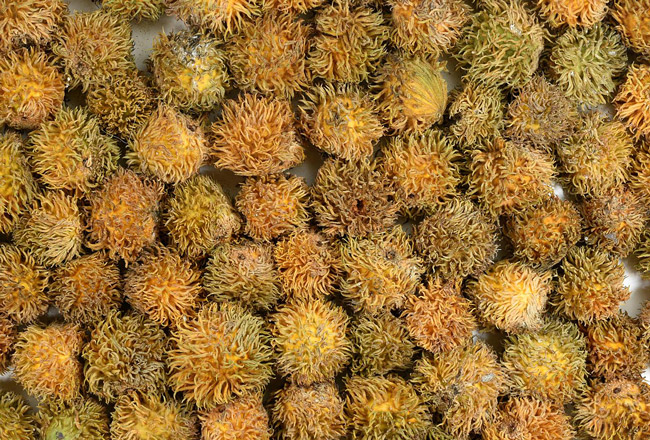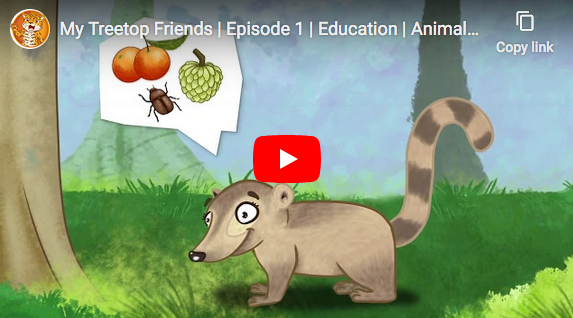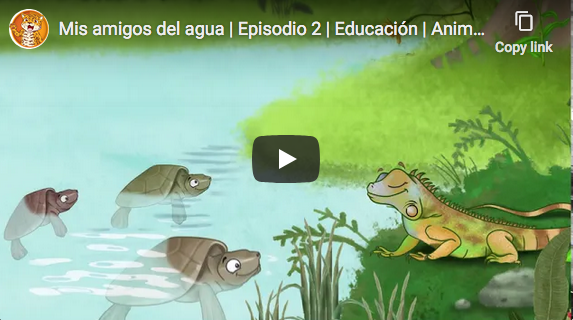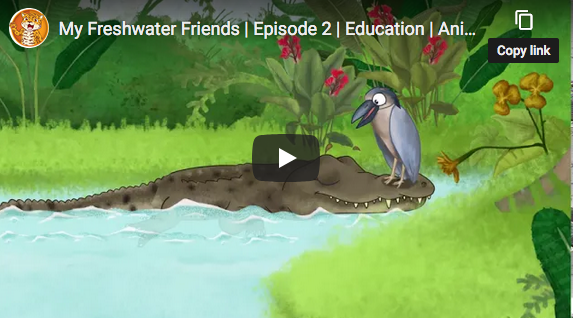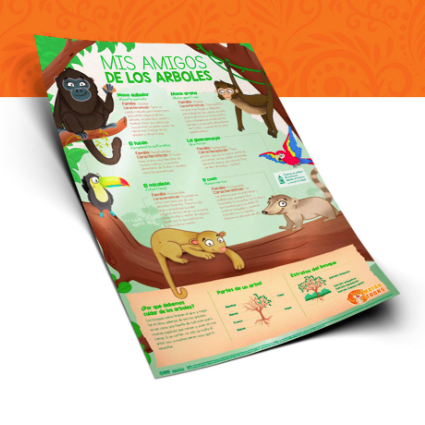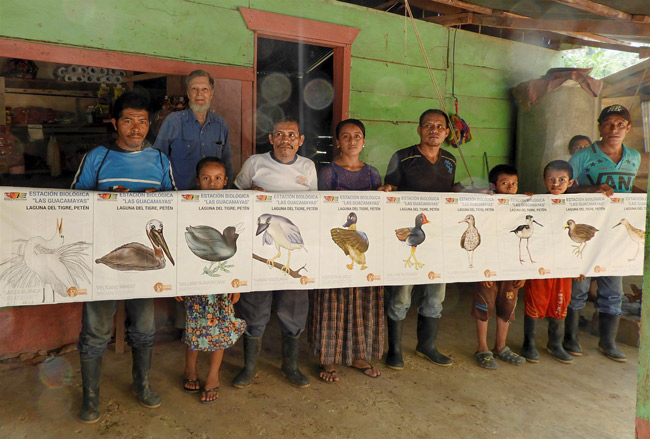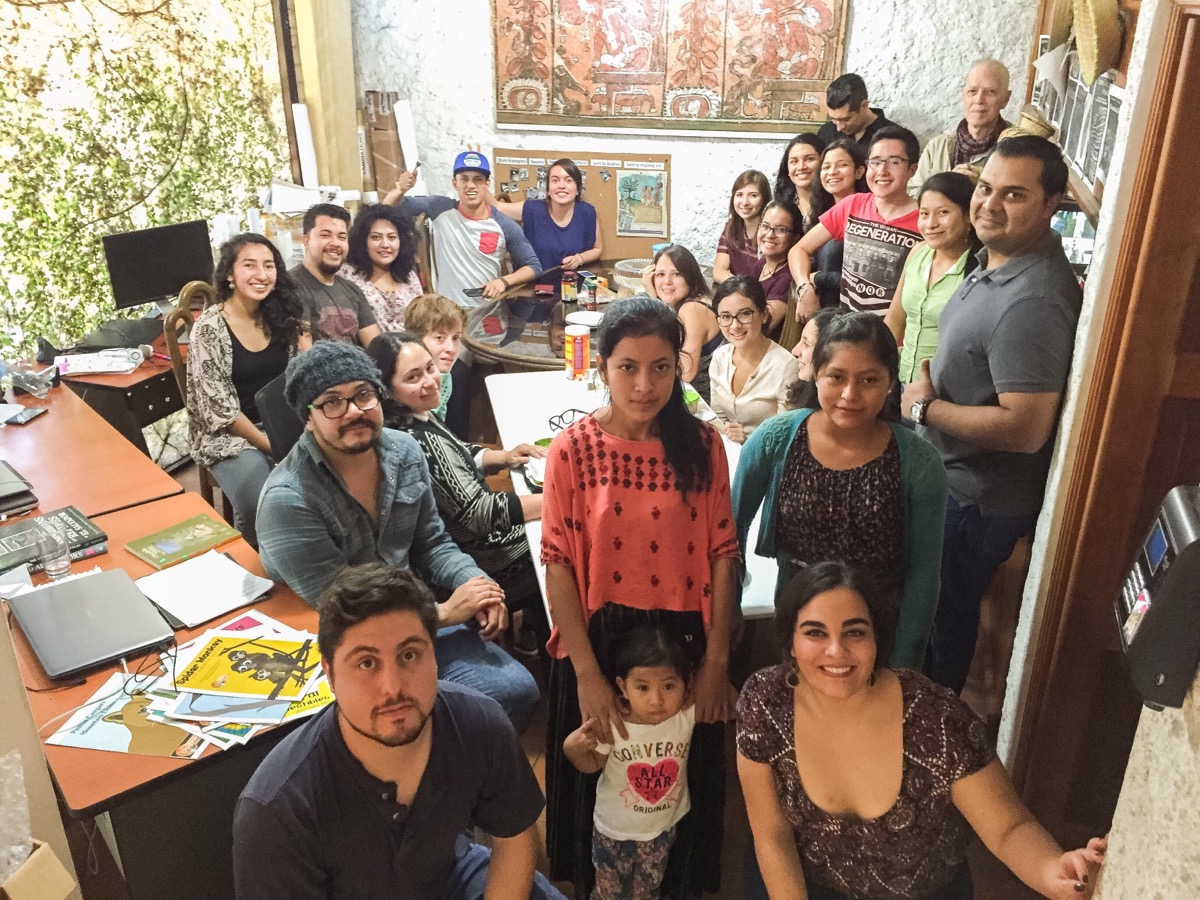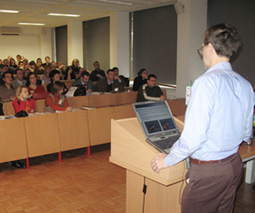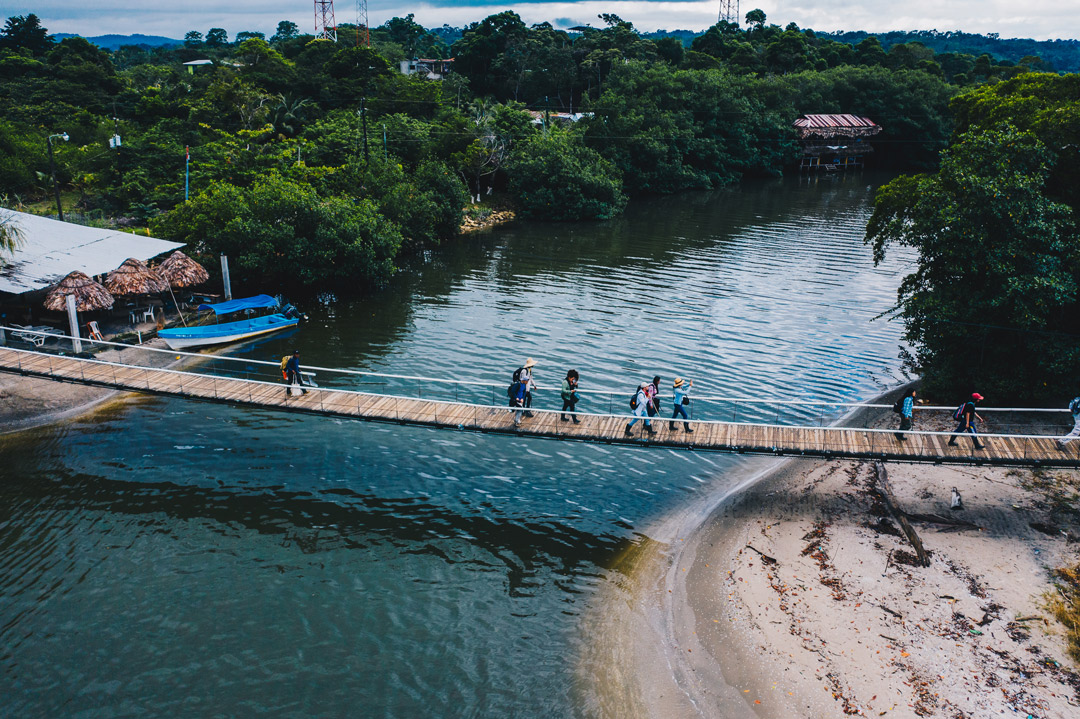As an individual, or as a foundation, or a conservancy organization, you can make a difference by supporting research in Guatemala
FLAAR is a non-profit in USA. FLAAR Mesoamerica is a non-profit in Guatemala. Together we accomplish field work and library research on ecosystems, plants, and animals that result in well-illustrated educational publications.
MayanToons is the team (of FLAAR and FLAAR Mesoamerica) that prepares educational material for Maya children in rural areas. FLAAR-REPORTS is the team in advanced digital printing technology (which helps us be able to print material for museums, national parks, and Mayan schools in remote areas of Central America).
You can impact Flora and Fauna research projects:
Over 204 pages of impressive digital photos of Neotropical flowers, howler monkeys, mushrooms, 3-dimensional lichen, and bio-diverse ecosystems of the Yaxha park and nearby areas.
This FLAAR report is a summary of field work and photography in Parque Nacional Yaxha, Nakum and Naranjo from August 2018 through July 2019, plus photos from a new Project of coordination and cooperation with CONAP for the entire Reserva de la Biosfera Maya (the entire northern half of Peten área of Guatemala).
We show what we have accomplished plus itemize what we wish to achieve during 2022 and the following years. The Project Budget is included to document that when good equipment and capable team are available, we can achieve significant results in the seasonally inundated (and seasonally dry) tropical rain forests and wetlands of the Maya áreas.
We study flowering plants, especially edible plants that can improve the health of local Mayan, Garifuna and Xinca people in rural areas. Amaranth seed and bledo leaves are two examples of local native superfoods of Guatemala. During half a century of research on Maya agriculture (lots more than just milpa slash-and-burn) and learning about traditional Maya home gardens, we have found over 700 edible plants (so they ate more than maize, beans, and squash, ate more than the 4 or 5 root crops attentively mentioned by Bennet Bronson, and for sure had more tree fruits, nuts, seeds, and other edible parts of tree than just ramon nuts (that Lundell mentioned frequently and then Dennis Puleston helpfully championed as a healthy edible nut).
|
FLAAR report showing ground level photography of the diversity of plants within a savanna (surrounded by bajo swamp forest trees). |
FLAAR report on helpful drone photography of remote biodiverse ecosystems in the Maya Lowlands. |
With your donation we can update and refresh the information we publish in our reports. We can keep doing field research and keep looking for ancestral knowledge deep in the rain forest. Equally important, we can share our library research and results of our fieldwork with schools, families, and local organizations in the area where we work. Plus, we can do a ZOOM conference with you, your family, your friends and colleagues, in your home town anywhere in the world.
We also study Non-flowering plants
|
Shows the corridor between the east end of Savanna #10 and the nearby west end of Savanna #11. |
|
View of several round areas with soil color or vegetation totally different than surrounding part of the Savanna #10. |
Flatland savannas in Peten are surrounded by seasonal bajo swamps or karst limestone hills. Starting in 2018 we began learning about savannas near Nakum and Naranjo-Sa’al. Then we were asked by CONAP to develop a new project of flora, fauna and ecosystem research to cover the 21,000 square kilometers of the Reserva de la Biosfera Maya (RBM) of Peten, Guatemala. Our first years are focused on biodiverse ecosystems that have not been studied, visited, or published (two areas in the southwestern part of the RBM). We provide here two short videos so you can see that these savannas of the Classic Maya are not anything like savannas in Africa. And these savannas in Peten and totally different than most of the pine savannas in nearby Belize. Lots more to come.
Plus millions of hornworts underwater in the chain of lakes from Sacnab at the east, then Yaxha, and then lots more to the western edge of Parque Nacional Yaxha Nakum Naranjo (PNYNN). Rio Holmul is a totally different habitat than Rio Ixtinto (Rio Holmul is at the entrance to Nakum and a healthy hike to the north from Naranjo sector of PNYNN). BBC-TV wanted to come do a documentary with FLAAR at Yaxha but in that year we were not yet doing hornworts, algae or other underwater fresh water plants (other than water lilies). Now we are ready.
Spirulina is an algae that was a superfood from the wetlands surrounding the Aztec capital of Tenochtitlan. Since the Olmecs had lots of wetlands in Veracruz and Tabasco, worth studying whether they also harvested and ate spirulina. Chlorella is another edible green algae, but I have not yet seen that word mentioned for Aztec food source. Spirulina (powder) is sold in supermarkets in Guatemala but would be helpful to learn whether it is sold in baskets in Mayan markets in towns and villages. You can buy both spirulina and chlorella as powder, pill, capsule or liquid online.
At the north end of Nakum we found and photographed 3-dimensional lichens from thin branches that had blown down from up in treetops (can produce dye colorants as can several mushrooms of Guatemala). Now that we know what part of the tree they grow on, our team can rappel high into the trees to photograph them at 1:1 macro precision.
Having good photography equipment is very helpful
Having capable photographers is also essential
Our focus is high-resolution digital photography of all edible and useful plants of the Maya. We accomplish our photography currently in Guatemala and nearby Copan Ruinas area of adjacent Honduras, but our library research on edible and useful plants includes Chiapas, Tabasco, Campeche, Yucatan, Quintana Roo, Belize, Copan Ruinas area of Honduras, western side of El Salvador, plus all of Guatemala (Maya, Xinca and Garifuna), to assist in finding and publishing which under-utilized native local plants are edible and more healthy than modern junk food.
We are also very interested in any plant that can help replace plastic, etc. The library aspect of this is accomplished by our library research team Vivian Hurtado and Maria Jose Toralla, flora-fauna researcher Victor Mendez, Nicholas Hellmuth and Belen Chacon.
We are able to find rare and under-studied plants because we have experience (and initiative and energy) to hike for kilometers deep into the rain forests, wade through rivers, swamps, and bogs, climb steep hills and reach biodiverse ecosystems that no other ecologist, botanist, or zoologist has yet recorded. Senaida Ba Mucu assists us on all field trips especially in Q’eqchi’ Mayan-speaking areas of Alta Verapaz, Peten, and Izabal. Other Mayan-speaking individuals work with us in their areas. Now we are coordinating with Garifuna speakers in the Caribbean area of Municipio de Livingston, Izabal, Guatemala.
We appreciate the assistance of the co-administrators and park rangers at PNYNN during 2018-2019 and the assistance of the Municipio de Livingston Alcalde and head of coordinating team during 2020. The publications on each of these projects mention the key individuals. Our new year 2021-2025 project is coordinated and in cooperation with CONAP (the government forestry institute for conservation and research (flora, fauna, ecology) in national parks and nature reserves).
The camera that would literally change tropical flora, fauna, and ecosystem research is if we have a Phase One iXM UAV aerial camera. You can donate stock; this saves you taxes on rise in stock value plus full value of stock when sold.
Here is the emotional video as we find an open grassland savanna in the middle of the high lowland bajo forest area of PNLT of RBM.
The video is bi-lingual, English and Spanish.
FLAAR is non-profit research and publishing institute in USA. Donations by check payable to FLAAR or stock is tax deductible to the extent allowed by law.
FLAAR Mesoamerica is a non-profit research and publishing institute in Guatemala. Donations from Latin America can come straight to our project in Guatemala.
Neither the director (Dr Hellmuth) nor the Board of Directors of FLAAR receive any salary or any payment from donations; all donations go to project field work costs and preparation of the reports with high-resolution photographs.
FrontDesk symbol FLAAR.org is how to reach us. We estimate you can delete the word symbol, add the actual symbol, and use this as an email.
MayanToons educational animated video preparation and
production team
The entire MayanToons book team also contributes to the animated video preparation. Production manager is animator Laura Morales. Valeria Aviles produces the drawings that are animated. Karen Torres prepares the music. We are gradually adding music from Mayan instruments such as ocarina and flutes.
We appreciate the visit of Guatemala musical historian and orchestra conductor Dr. Igor Sarmientos to provide suggestions for our project of documenting ancient Maya musical instruments.
MayanToons educational book preparation and production team:
Nicholas Hellmuth writes the original storyboards on each plant, mammal, bird, reptile, etc. based on his experience in Mexico, Guatemala, Honduras, and El Salvador since 1961. Kaqchiquel Mayan illustrators Rosa Sequen Subuyuj and Maria Josefina Sequen Subuyuj do the illustrations as does Valeria Aviles. Heidy Alejandra Galindo Setina has joined this team in August 2020.Our People page lists more of our teams.
Nicholas has also worked on two archaeological projects in Peru: one summer for a Harvard project in Ancon, coastal Peru; another summer high in the Andes mountains for a Yale University Project. But our research on plants and animals is focused on Mesoamerica (the area of Mexico and Central America occupied by or influenced by the Olmec, Teotihuacan, Maya, Toltec, Classic Veracruz, or Aztec).
|
|
|
Our multi-lingual, multi-cultural team is ready to cooperate and assist EU, Americas, Asia, Middle East or other embassy or consulate programs for Guatemala on education and/or research on flora, fauna, cultural history and comparable. We can produce books, videos, animation, infographic posters, bibliographies (lists of suggested reading) or other needs for an embassy or consulate program from EU, Americas, or elsewhere around the world in Guatemala.
Dr Hellmuth has lived in Japan 6 months (as guest visiting professor at the national museum of ethnology), in China 6 weeks (as consultant), in Switzerland 3 years, Austria 8 years (his PhD on Classic Maya cosmology and iconography is from Universitaet Graz), and 8 years in Germany. His archaeology projects 1970’s-1990’s have been in Peten, Campeche, and Belize (focused on high-resolution photography of ancient architecture and sculpture).
We are also available to cooperate with and provide lectures and exhibits for any consulate of Guatemala around the world. An individual, corporation, project, or foundation in that city can provide funding for this.
Most recently updated April 2022.
